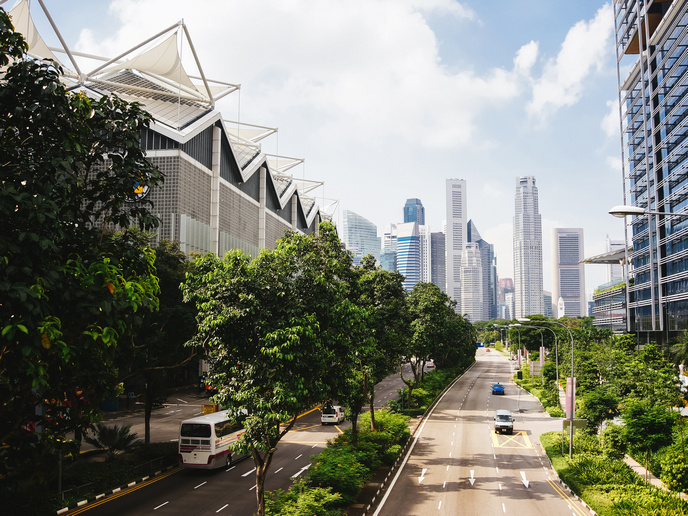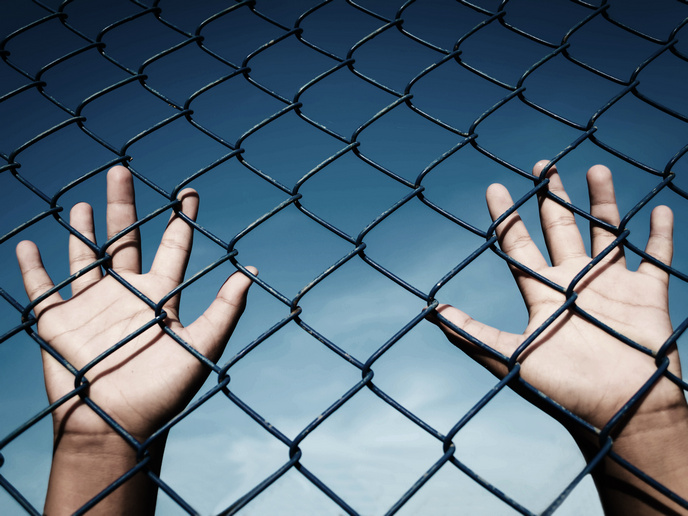Protecting transgender and intersex people from violence
Transgender (or trans) people (i.e. those whose gender identity does not match the gender they were assigned at birth) frequently experience harassment and violence(opens in new window). Intersex people (i.e. those born with sexual characteristics that vary from ‘standard’ male or female bodies) also suffer stigma and multiple human rights violations. Crimes against these groups are commonly cast as hate crimes, transphobia and anti-transgender violence. This often strips away the gender dimension, frequently resulting in them being excluded from the system of protection afforded by the gender-based violence (GBV) framework. The EU-funded TRANS-END project, with the support of Marie Skłodowska-Curie Actions programme, explored the formal and practical potential of broadening existing GBV frameworks to protect trans and intersex people from violence. “The project focused specifically on the Argentinian experience, given the country’s innovative character and high level of social awareness on the issue,” explains Lorena P. A. Sosa, project coordinator and assistant professor at Utrecht University.
The case of Argentina
The Argentinian legal framework for trans and intersex people has distinctive features. “For instance, the murder of trans persons can be prosecuted as gender-based violence – femicide/trans femicide/travesticide – or as a hate crime,” notes Sosa. The framework also incorporates theoretical notions like ‘symbolic violence’(opens in new window), helping challenge media representations that uphold gender stereotypes. “The framework further eliminates all forms of pathologisation of transgenderism from the procedures of legal recognition of gender identity, by disconnecting gender identity from genitalia and traditional body constructions,” outlines Sosa. Additionally, people with non-binary identities identifying as neither female nor male have been legally recognised in case law and administrative practice. In its exploratory analysis of legislation in Argentina, TRANS-END published two papers. “One explores the connection between symbolic violence and femicide media portrayals. It provides a critical view for my current explorations of anti-stereotyping approaches from a queer and intersectional perspective in legislation and policies, and also in the jurisprudence of the Human Rights Courts,” describes Sosa. The second paper is on the conceptual and procedural use of femicide/travesticide and hate crimes in criminal procedures. “It has directly informed my comparative research on the criminalisation of gender-based violence for the European Union,” Sosa notes. TRANS-END raised awareness by holding two international conferences and a film festival on gender identities. “Debates on sexual orientation and gender identity issues followed each movie. The initiative reached out to the general public,” adds Sosa.
The work continues
Nowadays, there is harsh backlash against gender equality policies. “Utilising the results of the project for institutional output such as that of the EU … I think it is a positive contribution in response to the current political climate,” confirms Sosa. Moving TRANS-END’s focus to the international realm, Sosa is currently in the final stages of the ‘Safe and Proud’ project. “I have also continued my research on gender-based violence against women, yet the scope of my research has been largely expanded and improved by the incorporation of a focus on gender identity and sex characteristics. While so far, I have focused on protection and criminalisation of violence, I start a new project in February focusing on the prevention of violence,” concludes Sosa.







